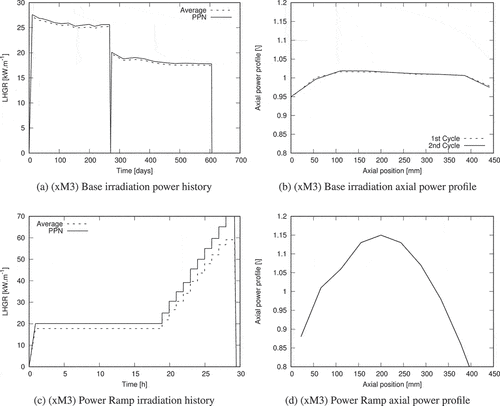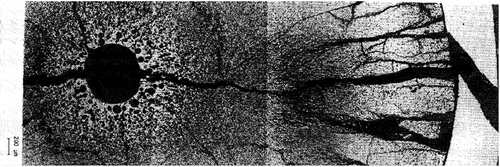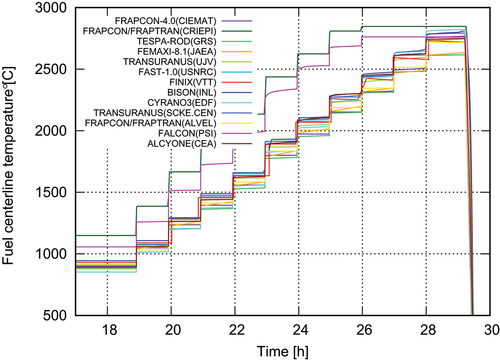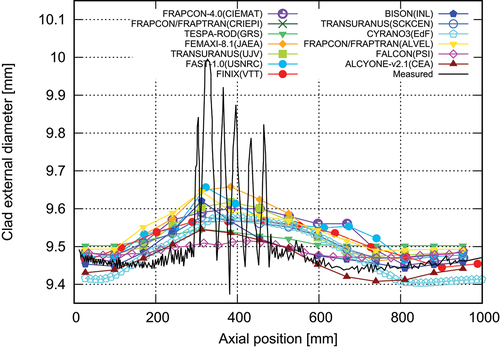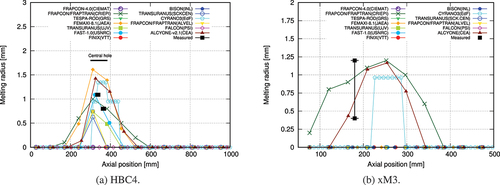Figures & data
TABLE I Main Characteristics of the As-Manufactured Fuel Rods
TABLE II Main Characteristics of the Simulated Power Ramps
Fig. 4. Rod diameter profile after the HBC4 power ramp with the location of the transverse (CT) and longitudinal (CL) cross sections and of the central holes.

Fig. 6. HBC4 rodlet. Transverse cross section CT1’, obtained by grinding and polishing downward CT1.
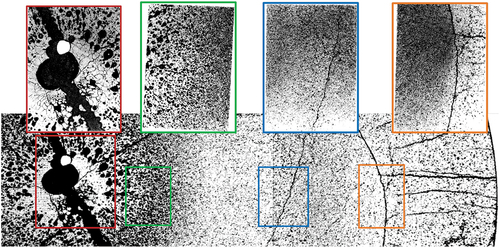
TABLE III Melting Fuel Radii Based on the Available xM3 and HBC4 Cross Sections
Fig. 9. Calculated clad diameters and pellet-clad gaps at the end of xM3 and HBC4 base irradiations compared to available measurements.
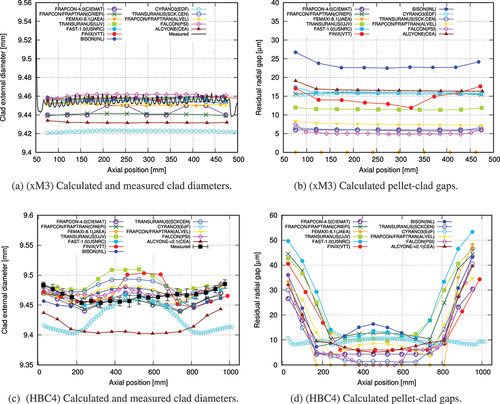
Fig. 11. Calculated axial profiles of the fuel centerline temperature at RTL, calculations at nominal power.
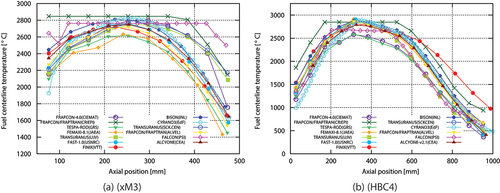
Fig. 12. Calculated and measured residual strain, pellet diameter, and gap axial profiles at the end of the xM3 power ramp.
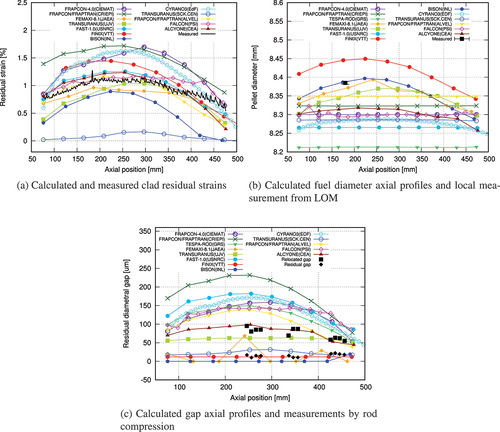
Fig. 13. Calculated and measured rod elongations during the xM3 ramp (the results are normalized with respect to the clad length at the end of the conditioning plateau).
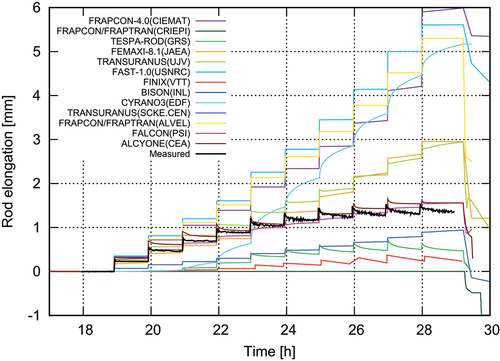
Fig. 17. Calculated melting fuel melting radii and centerline temperatures at PPN and RTL in the simulations of xM3 (power uncertainty 5%) and HBC4 (power uncertainty
7%).
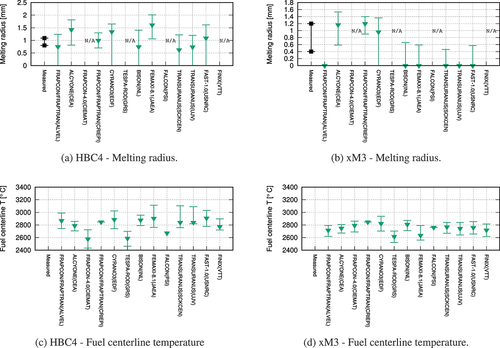
TABLE B.I Main Models and Criteria in the Codes
TABLE B.II Main Models for Fuel Melting in the Codes*

